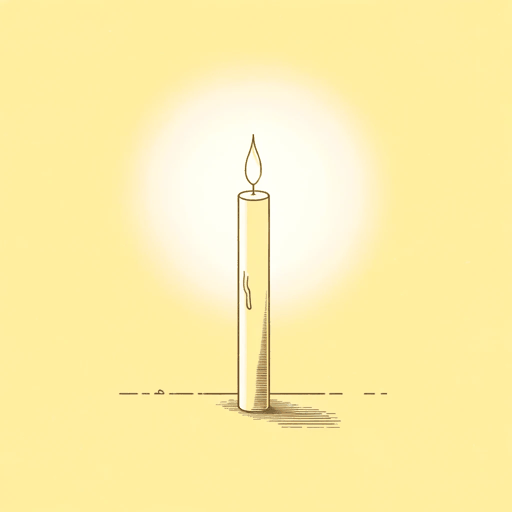41 pages • 1 hour read
Corrie Ten BoomThe Hiding Place
Nonfiction | Autobiography / Memoir | Adult | Published in 1971A modern alternative to SparkNotes and CliffsNotes, SuperSummary offers high-quality Study Guides with detailed chapter summaries and analysis of major themes, characters, and more.
Symbols & Motifs
The Beje
The Beje provides the family’s space for their home and business. It almost functions as a character in its own right: “And nobody dreamed that in this darkness each of us would be called to play a role: […] even the funny old Beje with its unmatching floor levels and ancient angles” (15). At the beginning of the story, the Beje symbolizes the ten Booms, who are deeply rooted and have lived in Haarlem for generations. Like the family, who has a lively, happy rotation of extended family members, foster children, and long-term guests, the Beje is rambling and charming.
The Beje transforms from being a symbol of family life to one of refuge. By the middle of the story, the Beje symbolizes something even more profound: a physical representation of the biblical hiding place. It becomes a refuge, both for Jewish hideaways and for many members of the Dutch resistance. Although the Beje fades from view following Corrie’s arrest, it appears again in the final pages, refitted as a therapeutic home for ex-Nazi collaborators. In this way, the Beje represents Compassion.

